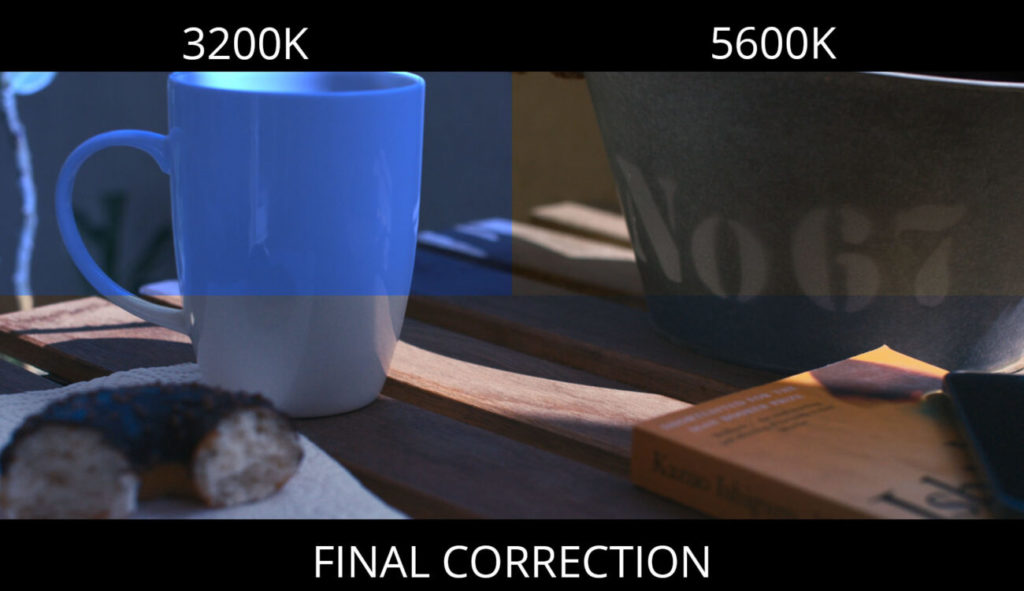Continuing my series on the principles of light in photography and cinema, after post LUZ E COR, this post is related to color temperature.
In the 19th century, Scottish scientist and physicist Sir William Thomson Baron Kelvin (Lord Kelvin) created a way to measure differences in proportion to the composition of white light, i. e. when was red, yellow, blue, etc. dominated?Through this process, he imagined a hypothetical all-black object (called by him a “black body” because it would absorb 100% of the light that fell on it) that, when heated, would begin to emit light. would gradually change color. The analogy was made with a piece of iron, increasingly heated: the so-called “red-hot iron”, initially colored red, passed through different shades (yellow, green, blue) as the Lord Kelvin temperature then created a temperature scale, to which he gave his name and established that at 1200 K (Kelvin degrees) the black body would turn red and that the hotter it is , further changes its tone, corresponding to the intermediate temperatures Therefore, the Kelvin color temperature scale combines color and temperature, as shown in the following drawing:
- Here is a definition.
- Traditionally used by photographers.
- That is often confusing at first glance: the colors considered?Warm?Are reddish colors and “cold” colors considered colors that tend to blue.
- This design.
- As you can see in the drawing above.
- Is exactly the opposite of what the temperature indications associated with the colors show.
- So when we talk about a “cold” tone.
- We must imagine high temperatures on the top scale.
- And the opposite for “hot” curtains.
- The following table shows several associated light sources and temperatures:.
Types of color temperature corrections
White balance
Correction gellings
White Balance
Camera sensors record the brightness reflected by objects photographed or recorded (filmed). And to capture the colors of objects, the cameras depend on specific settings for each light source, natural light (daylight) and artificial light (tungsten, fluorescent, LED, etc. ) ) That is the role of white balance. Our vision almost immediately recognizes what is white in different forms of brightness, but does the digital camera sensor (CCD/CMOS) have difficulty making this distinction?Then this adjustment is necessary! Not adjusting white can cause side effects in your photos, colors can be changed compared to real colors. In this series, I will describe in more detail the whole process of adjusting the target.
Correction gellings
Color Corrector Gel, is a colored plastic sheet that is used to change the temperature of a certain light source. They are used in reflectors or windows and their name is derived from an animal gelatin-based material, and was used in theaters in ancient times, when the plastic raw material had not been discovered. Today’s jellies are made in a wide variety of shades and colors, with a heat-resistant material generated by reflectors. They are sold in individual sheets or rolls. The most commonly used gelatin types are CTB, CTO and ND. The main manufacturers on the market are the? Lee Filter? What about him?Rosco? In the next post, I’ll also describe all of its features.
I hug everyone !!!!
Fernando Rozzo

